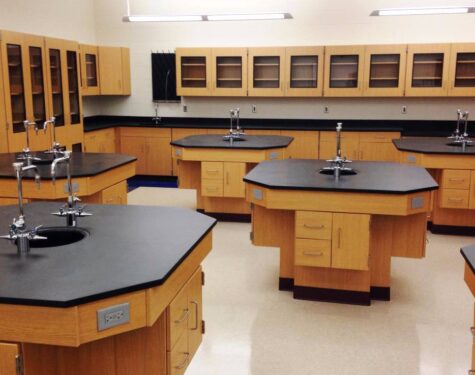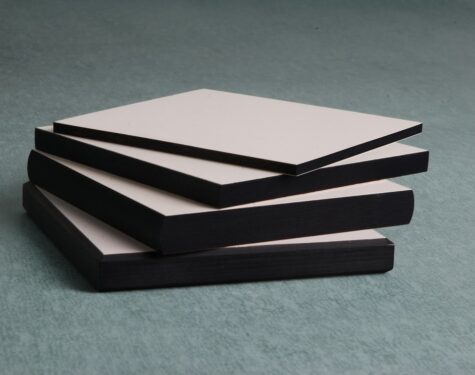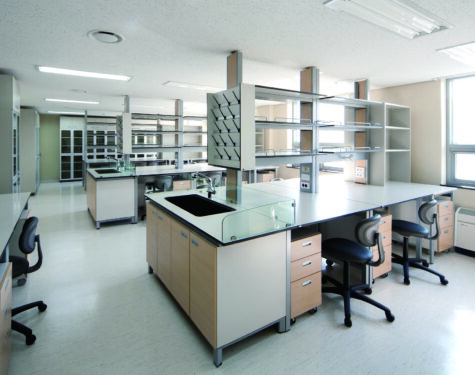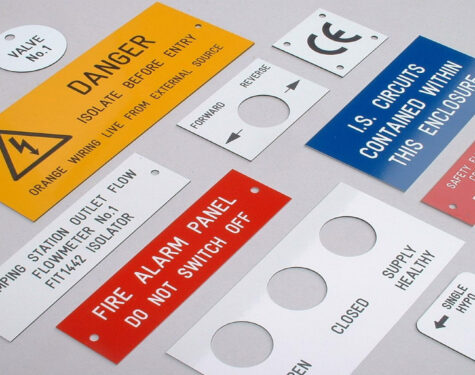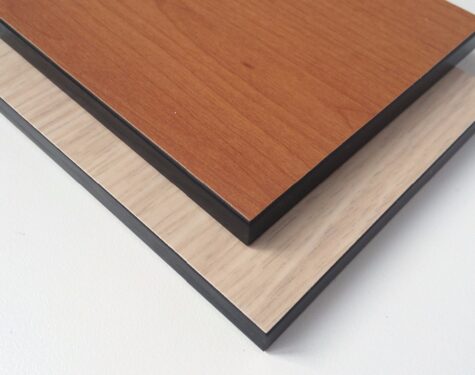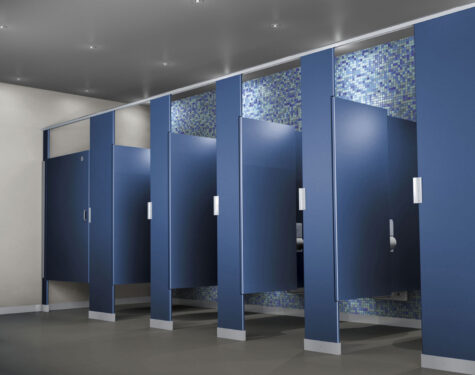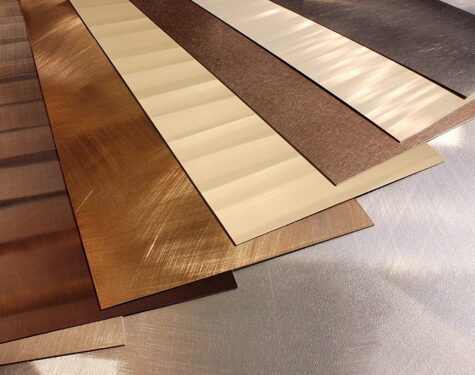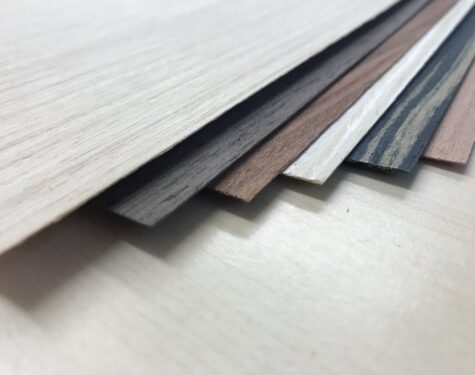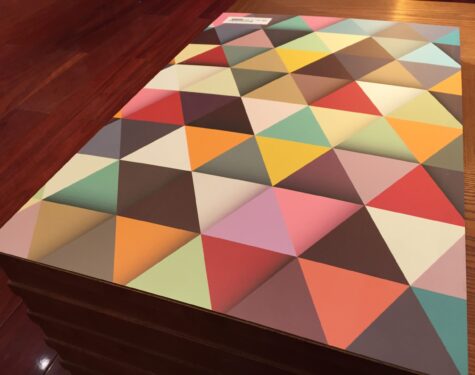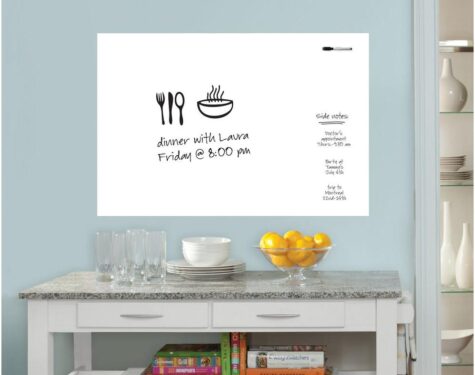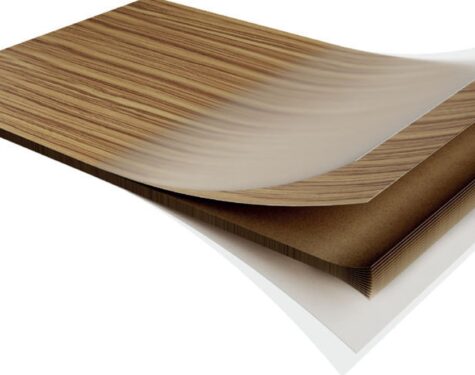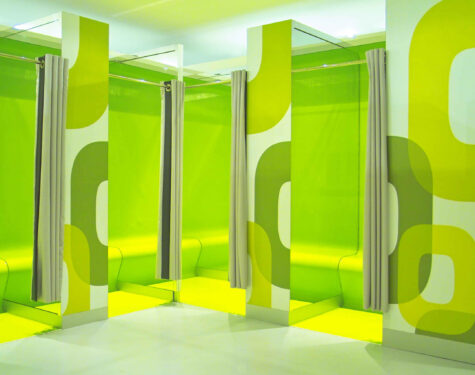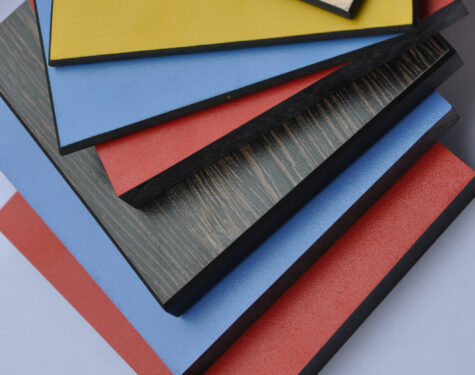High Pressure Laminates

High Pressure Laminate or HPL, is the direct descendent of the original plastic laminate. It is considered to be one of the most durable decorative surface materials and is available with special performance properties including chemical, fire and wear resistance. Special grades of HPL can be postformed around curved edges by application of heat and restraint.
HPL is produced by saturating multiple layers of kraft paper with phenolic resin. A layer of printed décor paper is placed on top of the kraft paper before pressing. The resulting sandwich is fused together under heat and pressure (more than 1,000 PSI). Because phenolic and melamine resins are thermoset plastics, the curing process transforms the resin into plastic by a cross linking process that converts the paper sheets into a single, rigid laminated sheet. Thermosetting creates strong, irreversible bonds that contribute to its durability.
High pressure laminate is laminated to a composite panel utilizing a variety of adhesives. Particleboard or MDF are the preferred substrate because they provide a stable, durable, consistent and economical foundation. Due to its durability, high pressure laminates are a common choice for horizontal surfaces including flooring, countertops and desktops.
Materials scientists and engineers continue to be at the forefront of all of these and many other seds areas of science, too. engineering influences our lives each time we buy or use a new device, machine, or structure.

